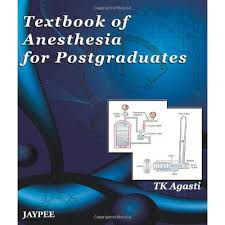Textbook of Anesthesia for Postgraduates
Availability :
In Stock
₹ 3,605.25
M.R.P.:₹ 3795
You
Save: ₹189.75 (5.00% OFF)
(Inclusive
of all taxes)
Delivery:
FREE Delivery
Author:
AGASTI
Publisher:
Jaypee Brothers Medical Publishers
Edition:
First
ISBN-13:
9789380704944
Publishing Year:
2010
No. of Pages:
1186
Language:
Unknown
Book Binding:
Hardcover











